Copywriting
What is Copywriting?
Copywriting is the act of writing text for the purpose of advertising or marketing. This text, known as copy, is crafted to persuade readers to take a specific action, such as making a purchase, signing up for a service, or clicking on a link. Copywriting can be found in various formats, including advertisements, websites, emails, social media posts, brochures, and more. Effective copywriting combines creativity with strategic thinking to create compelling and persuasive messages.
Why is Copywriting Important?
Copywriting is important because it directly influences how your audience perceives your brand and whether they take the desired action. Well-written copy can attract attention, convey value, build trust, and drive conversions. It is a crucial component of marketing and advertising that helps businesses communicate their message effectively and achieve their goals.
Good copywriting also enhances the user experience by providing clear, concise, and engaging information. It can differentiate your brand from competitors, reinforce your brand identity, and create an emotional connection with your audience.
Best Practices for Effective Copywriting
1. Understand Your Audience
Know your target audience's needs, preferences, and pain points. Tailor your copy to address their interests and provide solutions to their problems. Understanding your audience helps create relevant and engaging copy.
2. Use Clear and Concise Language
Write in clear, concise language that is easy to understand. Avoid jargon and complex sentences. Use short paragraphs and bullet points to break up text and improve readability.
3. Craft Compelling Headlines
Create attention-grabbing headlines that convey the main message and entice readers to continue reading. Use strong, action-oriented language and include relevant keywords for SEO. A compelling headline is crucial for capturing interest.
4. Focus on Benefits
Highlight the benefits and value of your product or service rather than just its features. Explain how it solves a problem or meets a need. Focusing on benefits helps persuade readers by showing what's in it for them.
5. Use Strong Calls to Action (CTAs)
Include clear and persuasive calls to action that tell readers exactly what to do next. Use action-oriented language such as "Buy Now," "Sign Up," or "Learn More." Make CTAs prominent and easy to find.
6. Create a Sense of Urgency
Encourage immediate action by creating a sense of urgency. Use phrases like "Limited Time Offer," "Act Now," or "Only a Few Left." Urgency can motivate readers to take action quickly.
7. Use Storytelling
Incorporate storytelling elements to make your copy more engaging and relatable. Share anecdotes, case studies, or testimonials that illustrate the benefits of your product or service. Storytelling helps create an emotional connection with your audience.
8. Optimize for SEO
Optimize your copy for search engines by including relevant keywords, meta descriptions, and headers. SEO optimization helps improve visibility and attract organic traffic. Ensure that your copy is both user-friendly and search engine-friendly.
9. Test and Refine
Continuously test different versions of your copy to determine what works best. Perform A/B testing on headlines, CTAs, and other key elements. Use the results to refine and improve your copy for better performance.
10. Edit and Proofread
Review your copy for clarity, accuracy, and coherence. Check for grammatical errors, typos, and inconsistencies. Editing and proofreading ensure that your copy is polished and professional.
By following these best practices, you can create effective copy that captures attention, engages your audience, and drives the desired actions, ultimately supporting your marketing and business goals.
For more terms, return to the content marketing glossary and freelance writing glossary.

